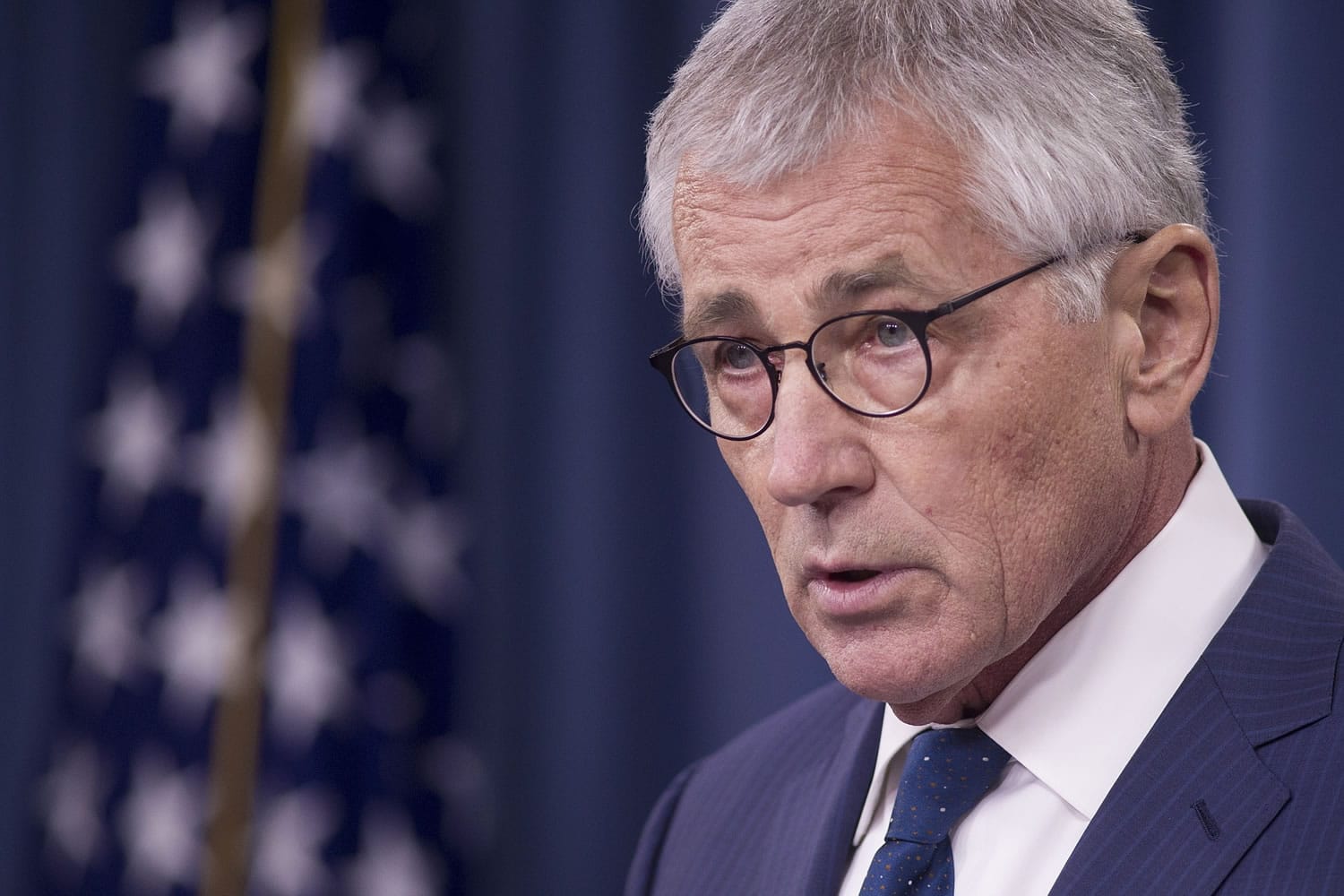BRUSSELS — With NATO officials calling Russia more unpredictable now than during the Cold War, alliance defense ministers on Thursday are expected to approve further measures to enhance the organization’s ability to deter and, if necessary, respond to military threats from Moscow, officials said.
Adam Thomson, Britain’s permanent representative to NATO, predicted “an encouraging degree of alliance commitment” that will demonstrate “NATO is strengthening its military posture in response in particular to the challenge that Russia’s behavior represents.”
As outlined by NATO officials, key decisions expected at the Brussels gathering of U.S. Defense Secretary Chuck Hagel and counterparts from the other 27 NATO member countries include:
• Upgrading the existing NATO Response Force to make it bigger, more capable and more quickly deployable. Now 40,000-strong, it has been sent into action just once — for earthquake relief 10 years ago in Pakistan — and has been deemed unfit for NATO’s current needs.
• Firm commitments from some of NATO’s European members to act as “framework” nations for the new and fastest-moving element of the Response Force, commonly known as “the spearhead,” which officials now say will include around 5,000 land-based troops.
• An official go-ahead for a proposal to establish small NATO command and control facilities in the three Baltic republics — Estonia, Latvia and Lithuania — and Poland, Romania and Bulgaria, to improve coordination and planning, and in case of need, help smooth the way for fast deployment of the spearhead unit and follow-on NATO reinforcements.
• Expansion of a multinational headquarters in Poland that is designed to play a key role in the defense of NATO territory in northeastern Europe.
Douglas Lute, U.S. ambassador to NATO, said Hagel would make a formal announcement on Thursday, but he expected the United States will deploy American military officers to all six new command and control centers in Eastern Europe, and contribute as well as to the corps-level headquarters in Szczecin, western Poland.
As for the spearhead force, Lute said the United States, instead of contributing ground troops, will chip in with things such as airlift capacity to transport soldiers and gear, or intelligence, surveillance and reconnaissance assets.
On Thursday, in addition to reviewing progress and taking decisions on how to keep transitioning NATO so it can better deal both with Russia and the instability spawned by Islamic extremism in Africa and the Middle East, the ministers will meet with their counterpart from the ex-Soviet republic of Georgia. A separate morning session is also planned on issues related to the effectiveness, safety and security of NATO’s nuclear deterrent.
The ministers’ meeting is the first since President Barack Obama and other NATO heads of state and government met in September and ordered an overhaul of the alliance’s capabilities and defense posture, called the Readiness Action Plan, or RAP, to take into account Russia’s annexation of the Crimean Peninsula and purported military interference in eastern Ukraine.
NATO spokeswoman Oana Lungescu insisted the actions already underway or planned by the alliance were defensive, proportionate and in keeping with its international commitments.
“It’s only normal for a collective defense alliance such as NATO to make sure that it does everything it needs to do to protect and defend its allies,” Lungescu said. “That is what we’re doing.”



